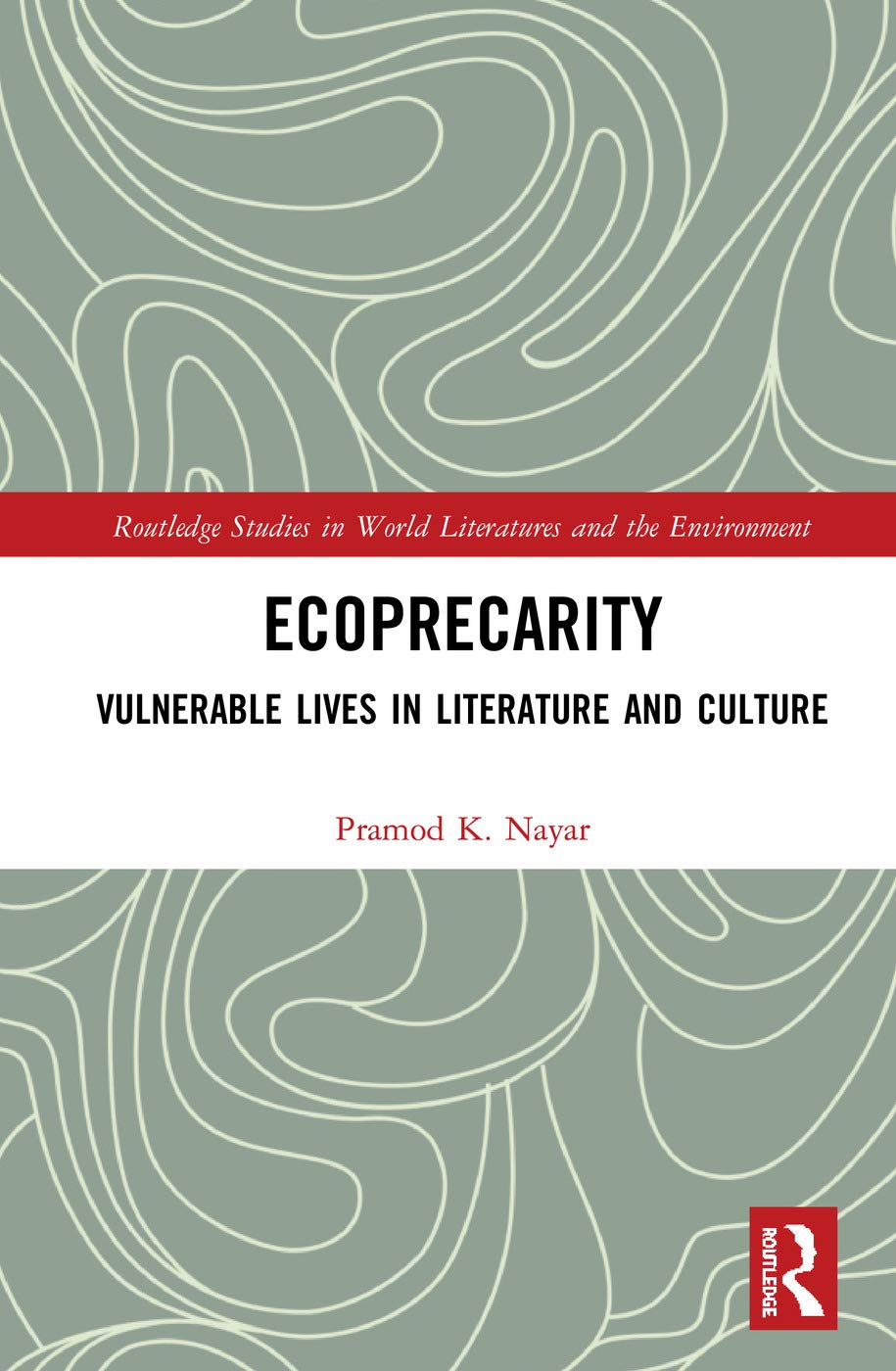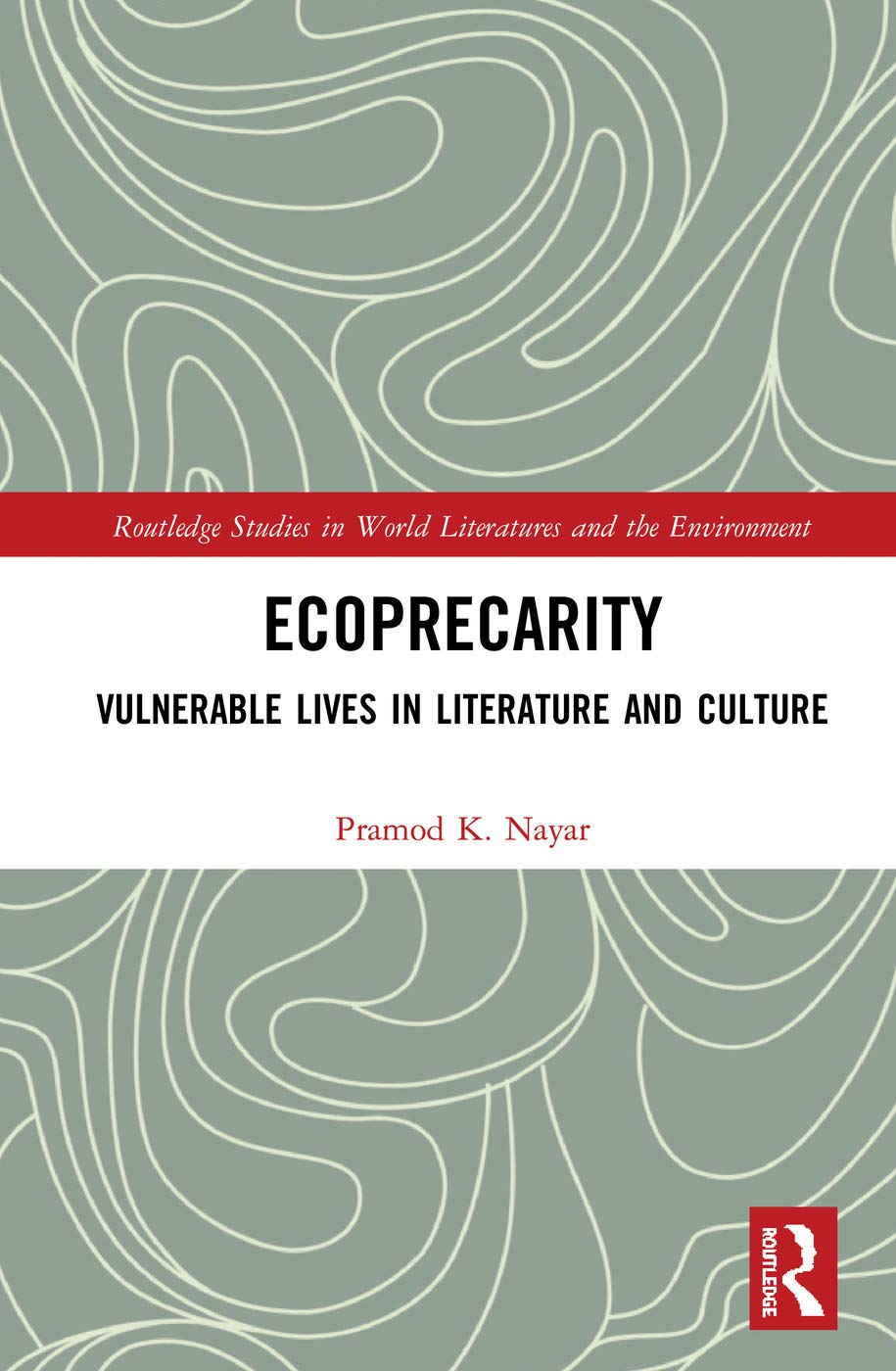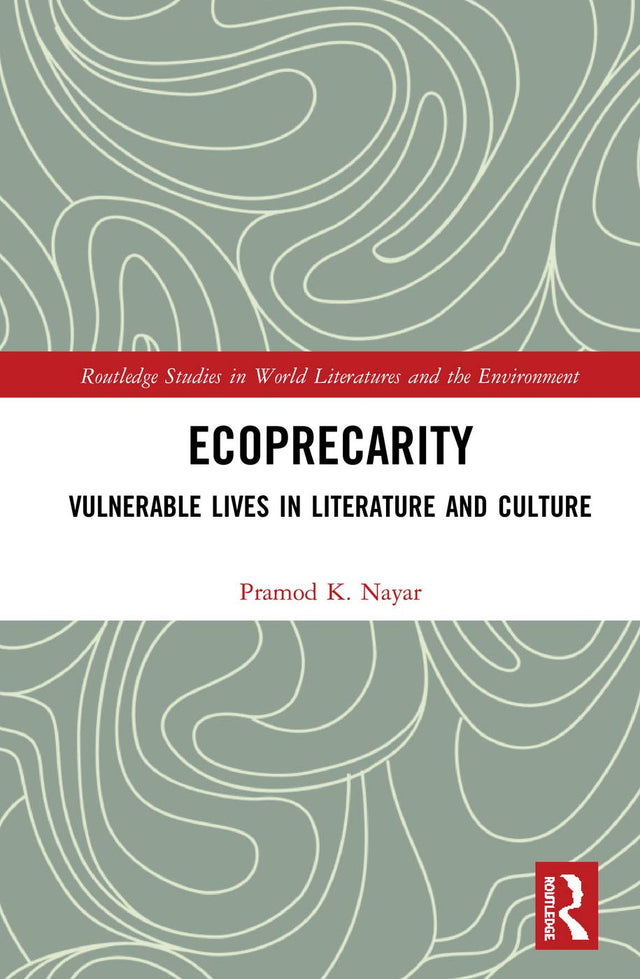Ecoprecarity: Vulnerable Lives in Literature and Culture
Ecoprecarity: Vulnerable Lives in Literature and Culture is backordered and will ship as soon as it is back in stock.
Couldn't load pickup availability
Genuine Products Guarantee
Genuine Products Guarantee
We guarantee 100% genuine products, and if proven otherwise, we will compensate you with 10 times the product's cost.
Delivery and Shipping
Delivery and Shipping
Products are generally ready for dispatch within 1 day and typically reach you in 3 to 5 days.
Book Details:
-
Publisher: Routledge
-
Author: Pramod K. Nayar
-
Language: English
-
Edition: 1st Edition
-
ISBN: 9780367271053
-
Pages: 185
-
Cover: Hardcover
-
Dimensions: 9.1 x 6.1 x 0.7 inches
-
Weight: [Weight not specified]
About The Book:
Ecoprecarity: Vulnerable Lives in Literature and Culture by Pramod K. Nayar, published by Routledge in 2019, explores the concept of "ecoprecarity" — the precarious state of human lives in the face of ecological disasters and the increasing vulnerability of the environment due to human interventions. Through an examination of contemporary literary and cultural texts, this book engages with critical ecological issues, highlighting how these themes are represented in modern works.
Nayar discusses a variety of topics including 'invasion narratives' of the human body and earth by alien life forms, ecodystopian visions that inform much of today's environmental thought, and the effects of cloning, xenotransplantation, and biotechnology on the concept of life itself. The book also delves into the ecological uncanny and the monstrous aspects that haunt ecodystopias, particularly in the context of bioeconomies that have emerged since the late twentieth century.
With 185 pages of critical analysis, Ecoprecarity offers a compelling study of how literature and culture respond to the increasingly precarious relationship between humanity and the environment. This book is ideal for scholars, students, and readers interested in the intersection of ecology, literature, and cultural studies.





